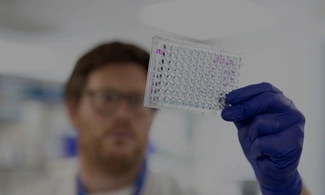What are pleural plaques?
Pleural plaques are areas of tissue that become thickened in the lining of the lungs. They happen 20-30 years after breathing in asbestos fibres.
Pleural plaques are not the same as asbestosis and are not a form of cancer. Pleural plaques do not develop into more serious conditions. However, asbestos exposure may mean you’re at risk of getting mesothelioma, lung cancer, or asbestosis.
Symptoms of pleural plaques
In most cases, people don’t have symptoms with pleural plaques. You can live with them without knowing that you have them.
Very rarely, people might have:
- chest pain
- a cough
- breathlessness.
Diagnosing pleural plaques
Pleural plaques can be diagnosed with a chest X-ray or CT scan. If you don’t have symptoms, you may be diagnosed if you’re having one of these tests for something else.
Treating pleural plaques
Pleural plaques do not need treating. They can’t be removed either.
If you smoke and have breathed in asbestos fibres, the best thing you can do to reduce your risk of asbestos-related conditions is to quit smoking. Find out more about how you can quit.

Get support
Call or email our helpline for support with your condition. Get advice on medicines, symptoms or travelling with a lung condition. You can also find support through our groups.








